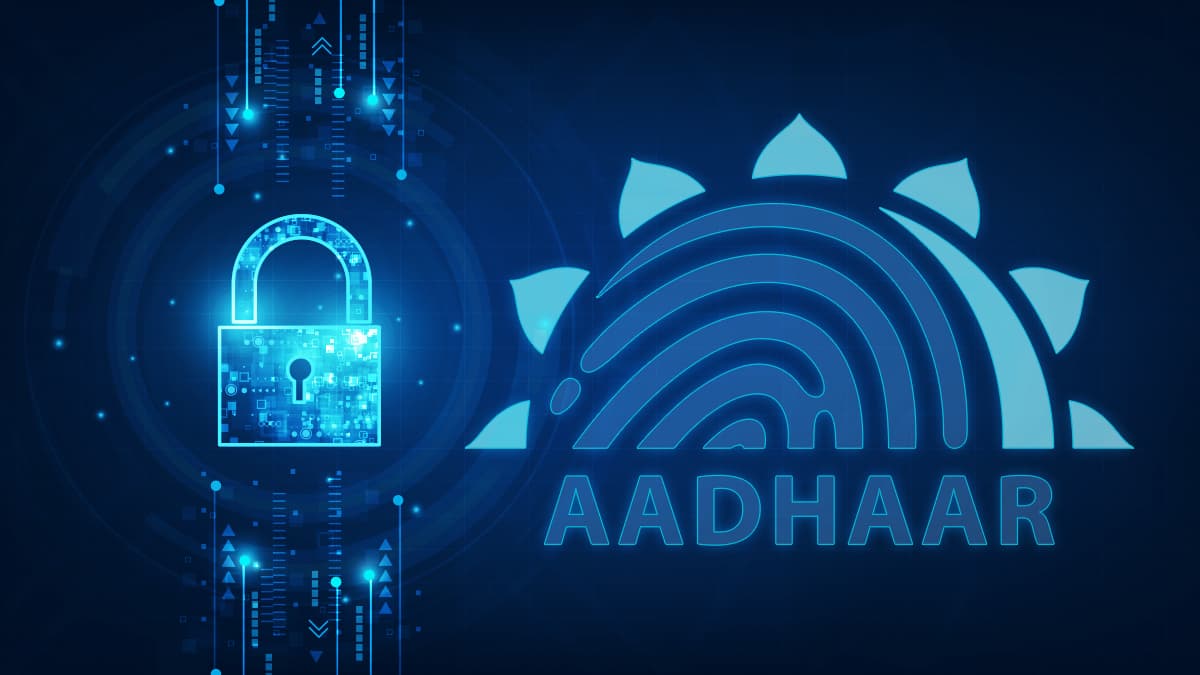.jpg)
Wealth declaration by public officials has been globally embraced as an accountability tool in public service. According to the World Bank, more than 150 countries have introduced a system of assets and or interest disclosure systems for public officials. Assets and interest disclosure systems serve as an essential tool to prevent conflict of interest and illicit enrichment, improve integrity, and promote accountability of public officials.
The United Nations Convention Against Corruption (UNCAC) is an accountability mechanism geared towards enhancing good governance and the fight against corruption across the continent and within the African states. Globally, African countries have maintained a conspicuous lead in the ratification of UNCAC and the subsequent establishment of wealth declaration systems. Many African countries have laws that require public officials to disclose their assets and income. These laws also require officials to disclose their spouses and dependent children's assets and income.
Despite the continued implementation of these frameworks in the pursuit of public accountability, corruption and low levels of accountability in the public sector remain a dominant challenge in most African countries. This raises the question of the effectiveness of the wealth declaration systems, including their design and mode of application. The quest for public accountability in Africa has been elusive for decades. It is more pronounced in African countries with little or no consequences for its practice with the below challenges.
- Poor implementation and enforcement of accountability mechanisms are the main obstacles to realizing good governance in Africa.
- Notably, the majority of countries outside Africa, with comparably less stringent accountability mechanisms, far outweigh African countries in good governance practices.
- Despite wealth declaration frameworks in African countries, there has yet to be much success in realizing their intended accountability objectives.
- The prevalence of corruption in Africa is evidenced by, among other things, consistent poor ratings in the global surveys conducted over the years. For instance, in the 2019 Transparency International Corruption Perceptions Index (CPI), Africa scored 32 out of 100 points on average.
.jpg)
Ethiopia, Africa's fastest-growing economy, has led the way. The Federal Ethics and Anti-Corruption Commission (FEACC), Ethiopia implemented the Disclosure of Asset Registration System (DARS). DARS is the first online asset registration system in Africa. It has revolutionized the asset declaration process by government officials and public representatives in Ethiopia.
The DARS went live on 2019, which was celebrated as a significant milestone. The best solution was implemented for setting up a war room, forming a self-motivated, agile team, and more senior management involvement for better guidance and strategy formulation.
Soon, there will be a nationwide rollout of the system, making it available for the citizens for better accountability and transparency. An end-to-end asset declaration management system that can integrate with the bank and other systems will be established to validate the assets and ensure 100% online verification and approval. The rich database of asset declaration has the potential for statistical analysis of the economic status and disparity, region-wise wealth analysis against GDP, which can help predict conflicts of interest and corruption. This unique solution has inspired replication in other African Countries.
Concluding:
Wealth declaration is crucial accountability with the potential to tremendously increase good governance and integrity in the discharge of public duty. An effective wealth declaration system could tame the appetite of public officials inclined to enrich themselves from public coffers. This is because the officers would not have the motivation to possess wealth that they may not account to vibrant and functionally effective enforcement agencies.
Technology will continue to play an integral role across various asset management functions as it has for decades. As new tools are developed, computing power becomes more affordable, and the availability of data continues to increase, additional use cases for AI and ML in asset management will emerge. Companies are already implementing tools that can help mitigate risk, reduce costs, generate better returns, and deliver products and services more efficiently for clients.










































We will verify and publish your comment soon.